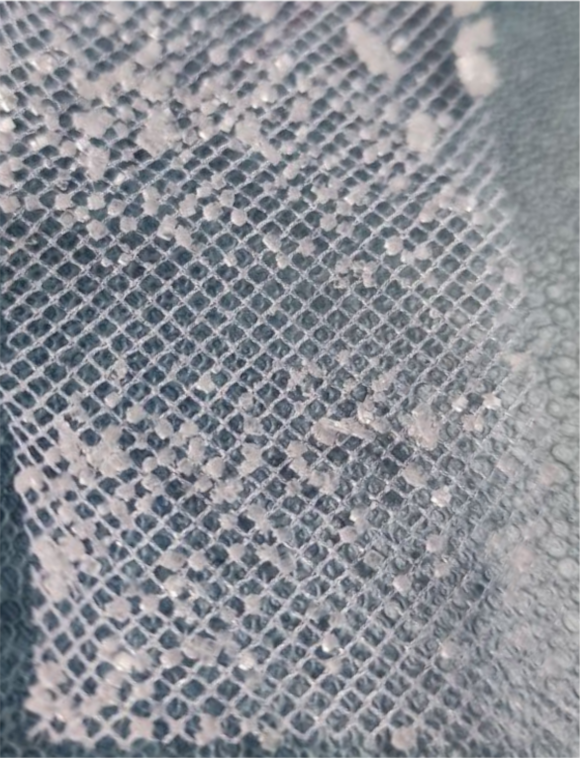9. Textile Scaffold¶
References & Inspiration¶
For this technique, I took my inspiration from Freed Veneers


Tools¶
- Veneer Wood
- Cotton
- Grasshopper
- Adobe Illustrator
- Rhino3D
Process and workflow¶
Wooden Textile I began by creating some patterns I was going to laser cut. I created them with the help of Rhino and the Grasshopper, and the Illustrator.
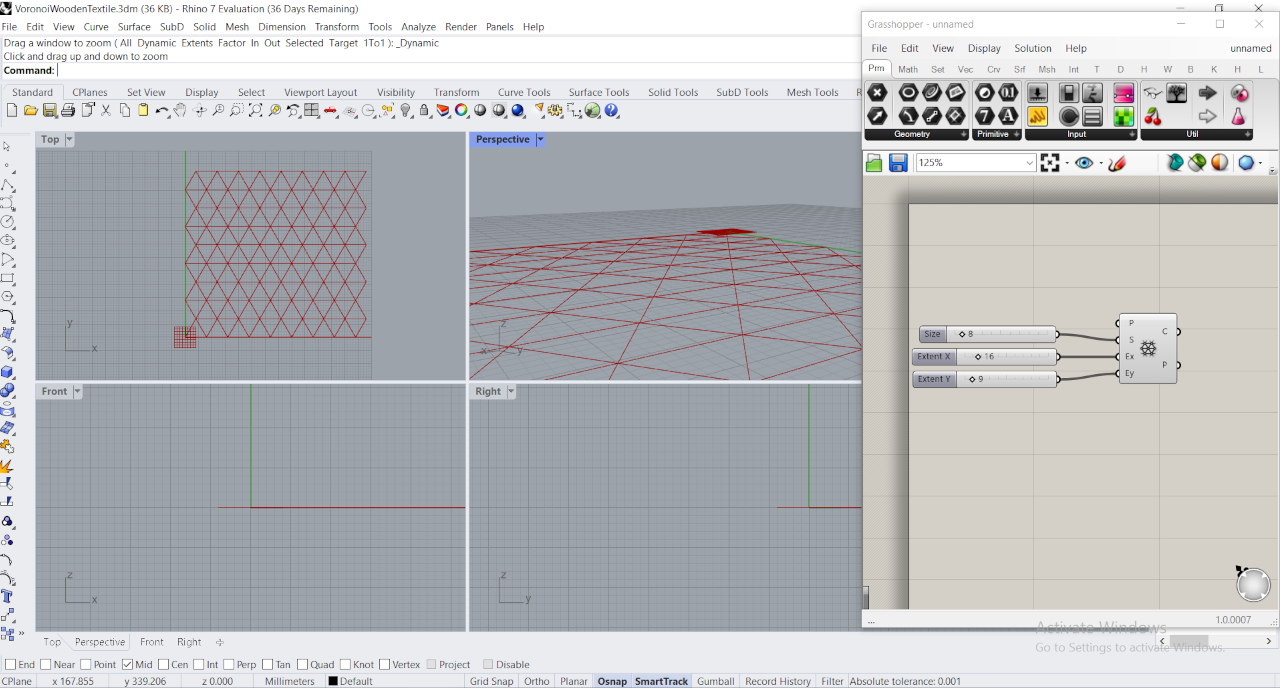

The wood we got is very fragile, and almost all the pieces got the corners broken. This was really frustrating. But I decided to improvise a new design, and just get at least something done. Later I would try more, to see what way works the best.

To glue the veneer wood to the textile, I used PVA glue - a widely available adhesive used for porous materials like wood, paper, and cloth.
The result is far from the image I kept in mind and expected, while I was working on the patterns.
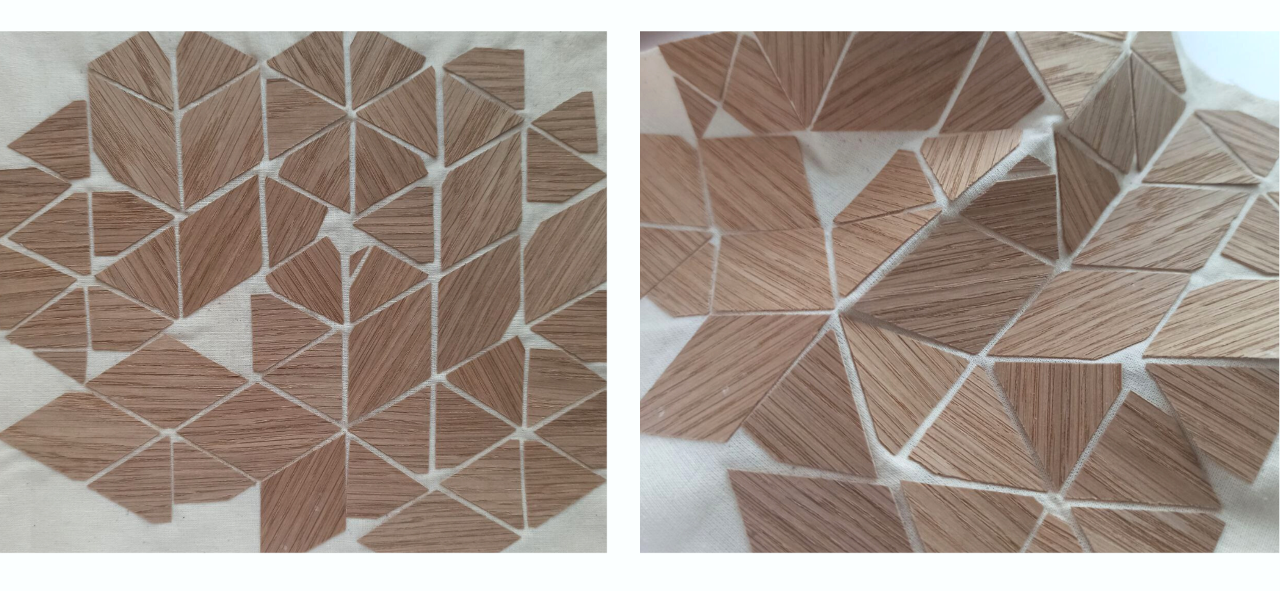
Ingredients & Recipes¶
Alumn Based Crystals

* 50 gr Alumn
* 250 ml Distilled water
* natural Organza
* pots
* stove
* molds
* electronic scale
* spoon
* glasses
* measure the alumn and the water
* heat the water
* add the alumn
* stir the mix constantly
* prepare the jar
* pour the mixture and filter it
* add the textile
* cover it with an aluminium foil
Sugar Based Crystals
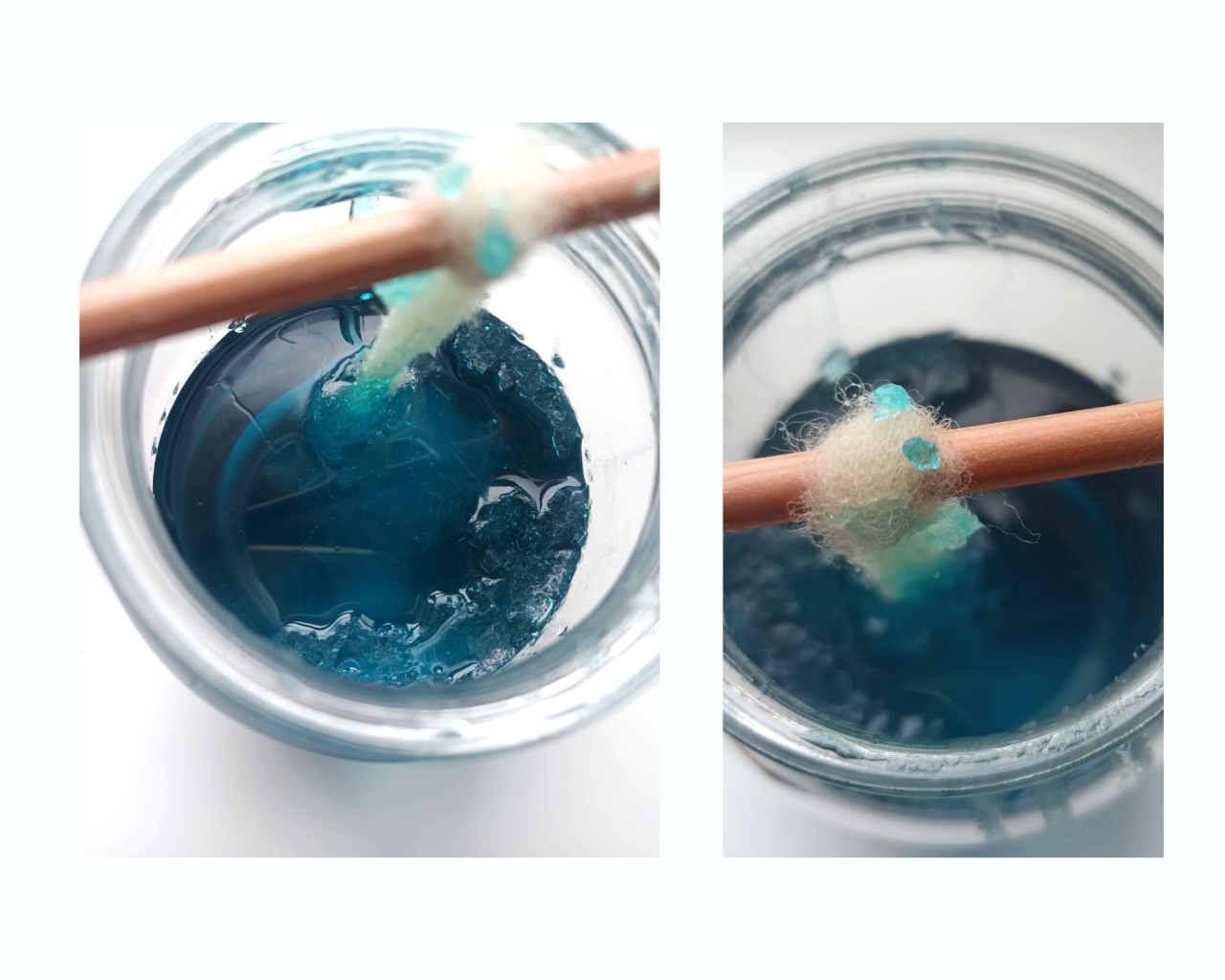
* 3 cups of Sugar
* 1 cup of Distilled Water
* wool
* blue alimentar pigment
* pots
* stove
* molds
* electronic scale
* spoon
* glasses
* measure the sugar and the water
* heat the water
* add the sugar
* stir the mix constantly, then add the blue pigment
* prepare the jar
* pour the mixture
* add the textile
* let it rest
RESULTS¶
Sooo, my crystals are also not what I expected. But the process was really fun. So I wil definitely experiment more.
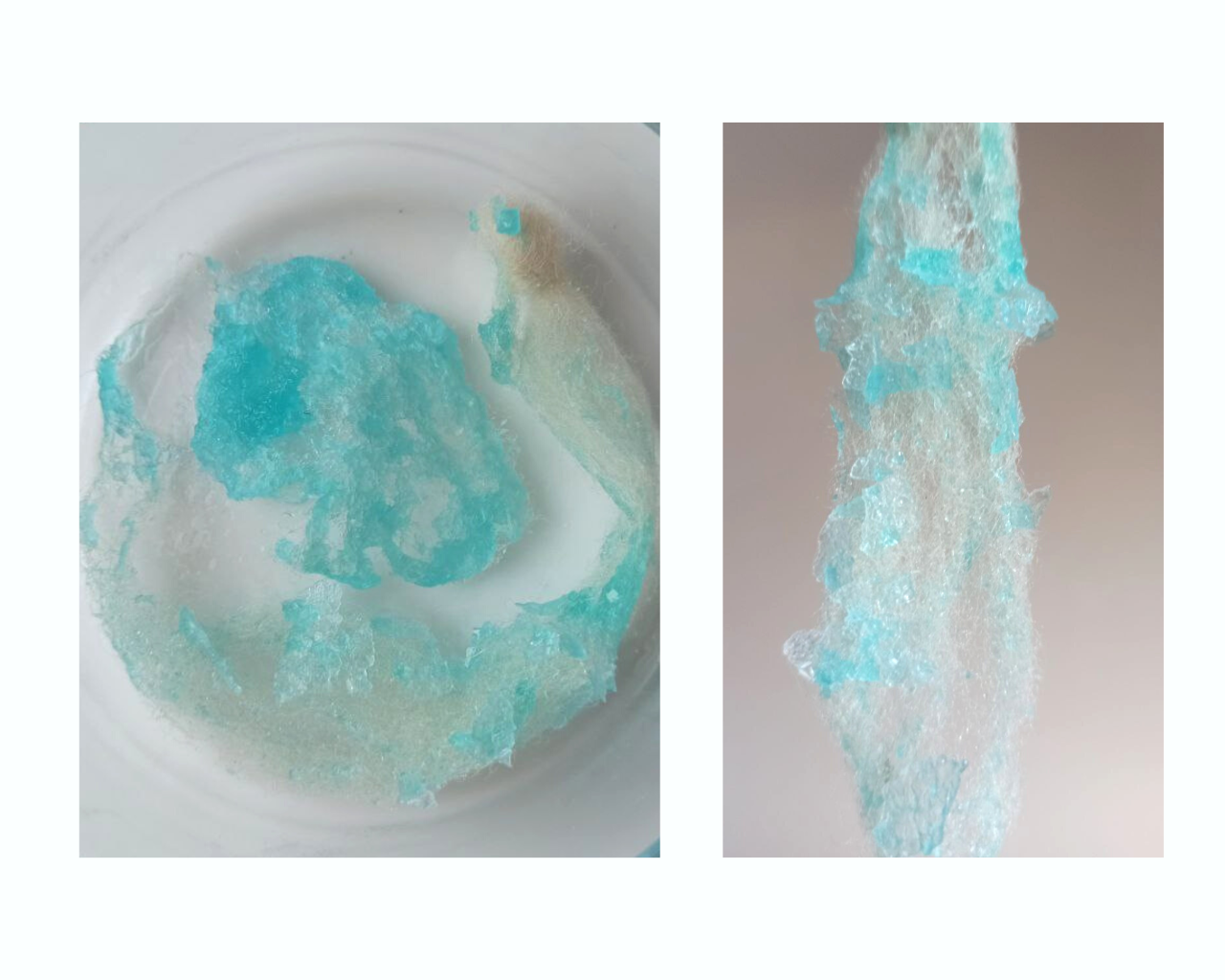
Because my first experiments of growing crystals were not so good, I gave it one more try, but for this one, I decided to go with Salt Crystals.
Salt Based Crystals
* 200 g of salt
* 200 g of tap water
* pots
* jars
* spoon
* scale
* measure the salt and the water
* heat the water
* add the salt
* stir the mix constantly, until there is no more salt to dissolve
* prepare the jar
* pour the mixture
* add the textile
* let it rest
For this experiment, I used natural ornaza and tule. These are the results. The crystals are tiny, but pretty.

